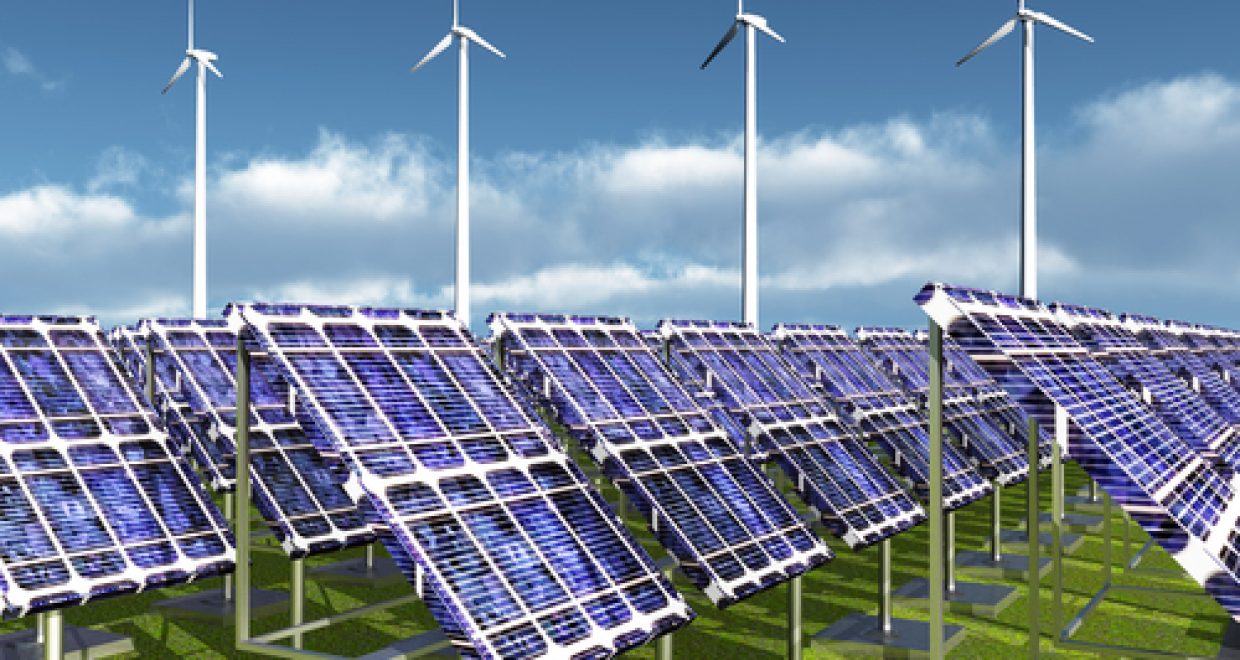Wind and solar power: integrating renewable energy sources into the electricity grid
In the latest issue of the new journal MRS Energy & Sustainability—A Review Journal , Professor Jay Apt of Carnegie Mellon University turns the spotlight on one of the planet’s most pressing problems—how renewable energy sources can be better integrated into the existing electricity grid.
Apt and his colleagues have developed an extensive body of work on this subject, looking at how we can make sure that these variable energy sources provide reliable electricity on demand for people around the world, 24 hours a day. These scientists are at the cutting edge of quantifying how to use new technologies to the best advantage when integrating large-scale renewable electricity.
In this review, Apt presents a summary of research they have carried out during the four-year RenewElec (short for renewable electricity) project by a team of technical and policy experts at Carnegie Mellon University, the University of Vermont, Vermont Law School, and the Washington environmental law firm of Van Ness Feldman.
Focusing on the situation in the US, Apt argues that increasing the market share of variable renewable electric power generation from the present 4% is both technically and economically feasible. He examines new research results in several areas that could help to facilitate the large-scale integration of variable power sources into the electric power system, both in the US and around the globe.
Here are the main findings of his research:
– The seasonal variability of wind power is beginning to be understood, as are the sources of error in its day-ahead forecasts.
– Geographic aggregation of wind and solar power has long been proposed as a method to smooth their variability, but for wind power, it has been shown that there is little smoothing at timescales where the magnitude of variability is strongest.
– It has also been shown that the point of diminishing returns is reached after a relatively few wind plants have been interconnected.
The costs of interconnecting renewable energy sources are likely to be higher than building new natural gas combined-cycle plants, the research shows. Large new investments in transmission systems designed to interconnect large areas of the country are neither required nor desirable to decrease the variability of electric power generated from wind, Apt states, since there are companies now shipping batteries with the aim of expanding utility-scale electric energy storage.
While there are good prospects for lower cost electric storage for grid application, Apt argues, the profitability of storage for integration of renewable power is likely to remain a difficult issue. However, the good news is that new extremely efficient, low pollution, and fast-ramping natural gas plants have come on the market. So it is now possible to predict the amount of additional capacity of this sort that must be procured by system operators to cover the uncertainty in wind forecasts.






